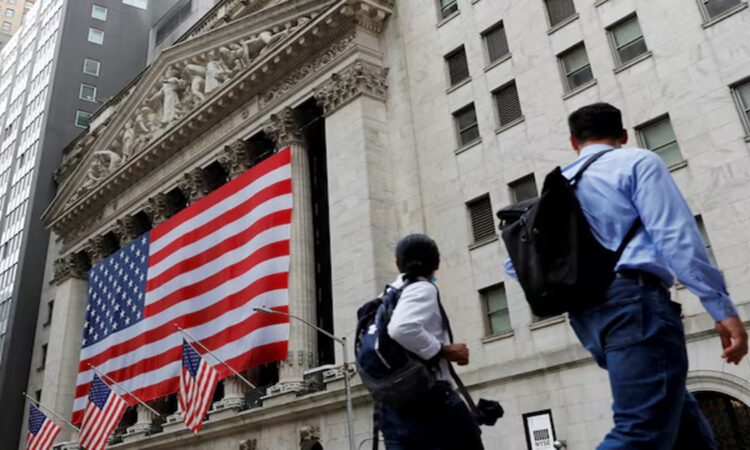
The Nifty 50 and Sensex, the two most important barometers of the Indian stock market, are at record highs. Mutual funds and direct equity market participants must now ensure that any sudden market changes have no negative impact on their portfolio results. Hedging and diversification are two essential instruments that equities market investors use to protect their portfolios against any negative developments in the equity market.
One of the ways to diversify and reduce portfolio risk is to add equity-backed investments from a different geography. Indian equity market

ETF popularity is catching up with the investors in India
But for exposure in US Stock Market, here are the 9 ETF options:
1. Vanguard Total Market ETF – Tracks 100% of US Markets
The Vanguard Total Stock Market ETF (VTI) offers exposure to the entire US equity market, including growth and value firms, across over 3900 equities, including the Nasdaq 100, Dow 30, Russell 2000, and S&P 500.
The five major industries for VTI are technology, consumer discretionary, industrials, health care
2. SPY ETF – Tracks S&P 500
The SPDR S&P 500 ETF, also known as the SPY ETF, is an ETF that tracks the S&P 500 index, a group of large-cap US firms in eleven key industries. It is considered the best indicator of large-cap US equities. The top three industries in the S&P 500 are information technology, healthcare, and communications services.
3. Invesco QQQ Trust – Tracks Nasdaq 100
Invesco QQQ Trust (QQQ) is an ETF that offers access to all 100 Nasdaq companies with a single investment, following the Nasdaq 100 Index. QQQ’s top holdings include Apple, Microsoft, Nvidia, Amazon, Meta, and Tesla.
4. SPDR DIA ETF Trust – Tracks Dow 30
The Dow Jones Industrial Average (DJI), also known as the Dow 30, is a price-weighted index of 30 large-cap US equities. It is unique in that it only includes US-based businesses with an excellent reputation, sustained growth, and interest to a large number of investors. The Dow 30 selection is not governed by quantitative rules or market capitalization.
5. iShares Core ETF – Tracks S&P 500
The iShares Core S&P 500 ETF tracks the investment performance of an index composed of large-capitalization U.S. equities. The benchmark index is S&P 500 Index.
6. Vanguard S&P 500 ETF (VOO) – Tracks
Vanguard S&P 500 ETF tracks the S&P 500 Index’s return, representing 500 largest U.S. companies, with an expense ratio of 0.03%, aiming to gauge overall U.S. stock returns.
7. iShares Growth ETF – Tracks Russell 2000
The Russell 2000 index, comprising 2000 small-cap US stocks, is ideal for investors seeking diversification. The iShares Russell 2000 ETF provides exposure to all Russell 2000 stocks.
8. Vanguard ETF – Tracks US Large Cap Growth Index
Vanguard Growth ETF is an exchange-traded share class of Vanguard Growth Index Fund, tracking the investment performance of the CRSP US Large Cap Growth Index, with an 0.04% expense ratio.
9. Schwab ETF – Tracks US Large Cap Growth Index
The Dow Jones U.S. Large-Cap Growth Total Stock Market Index ETF aims to track the total return of the index before fees and expenses. Following a 2-for-1 forward share split, the number of outstanding shares increased but decreased the Net Asset Value per share.
Disclaimer: Readers are advised to consult qualified financial advisors before making any investment decision. Reproducing this content without permission is prohibited.






